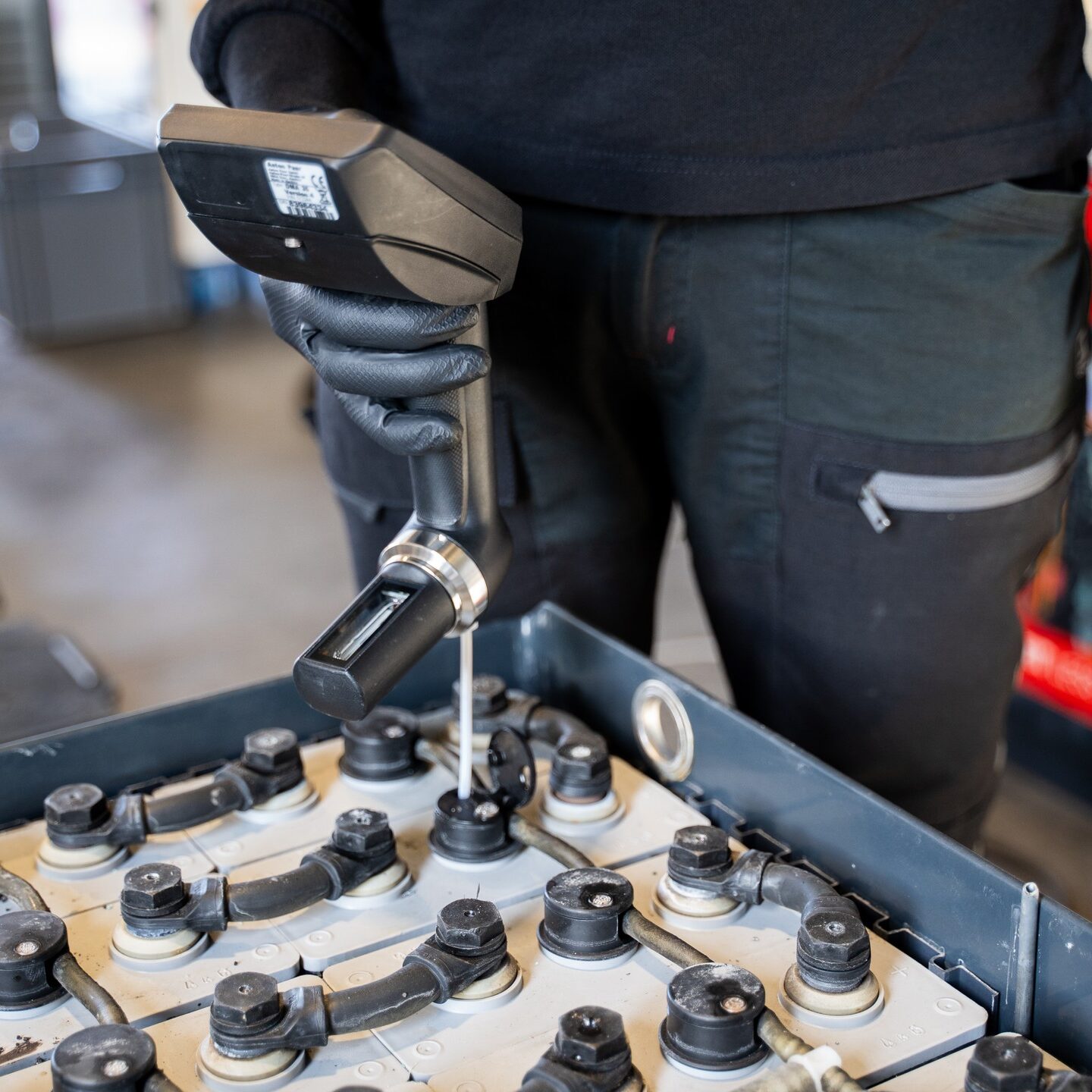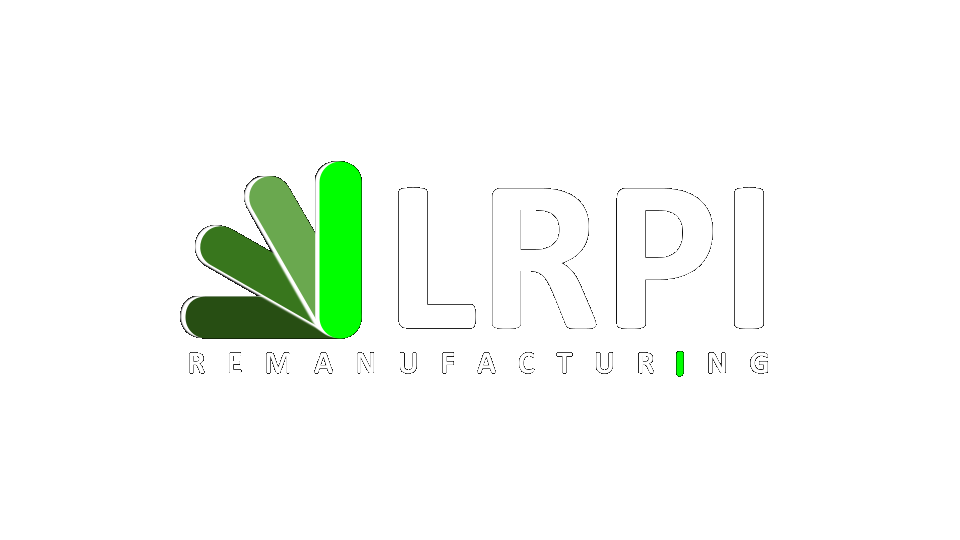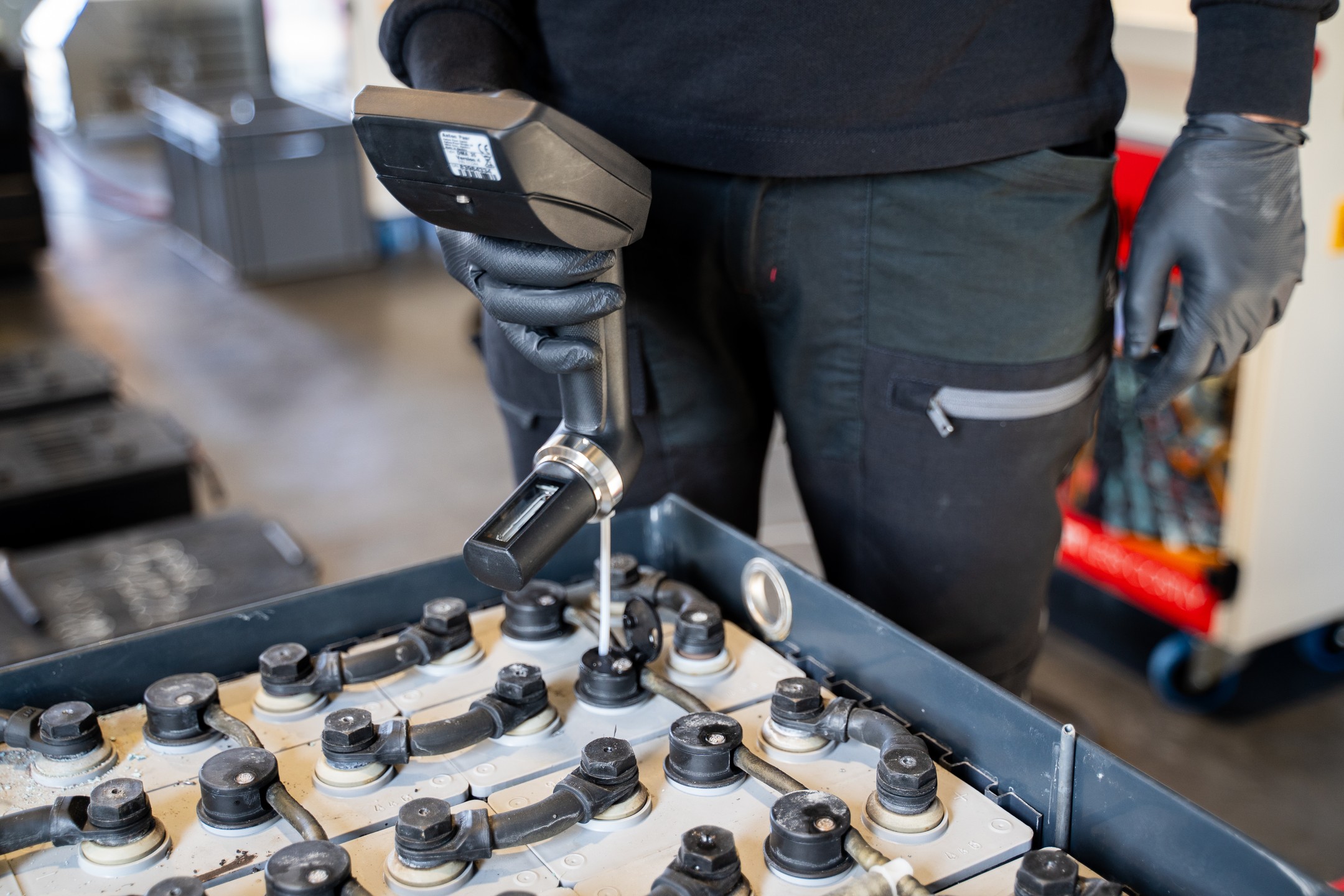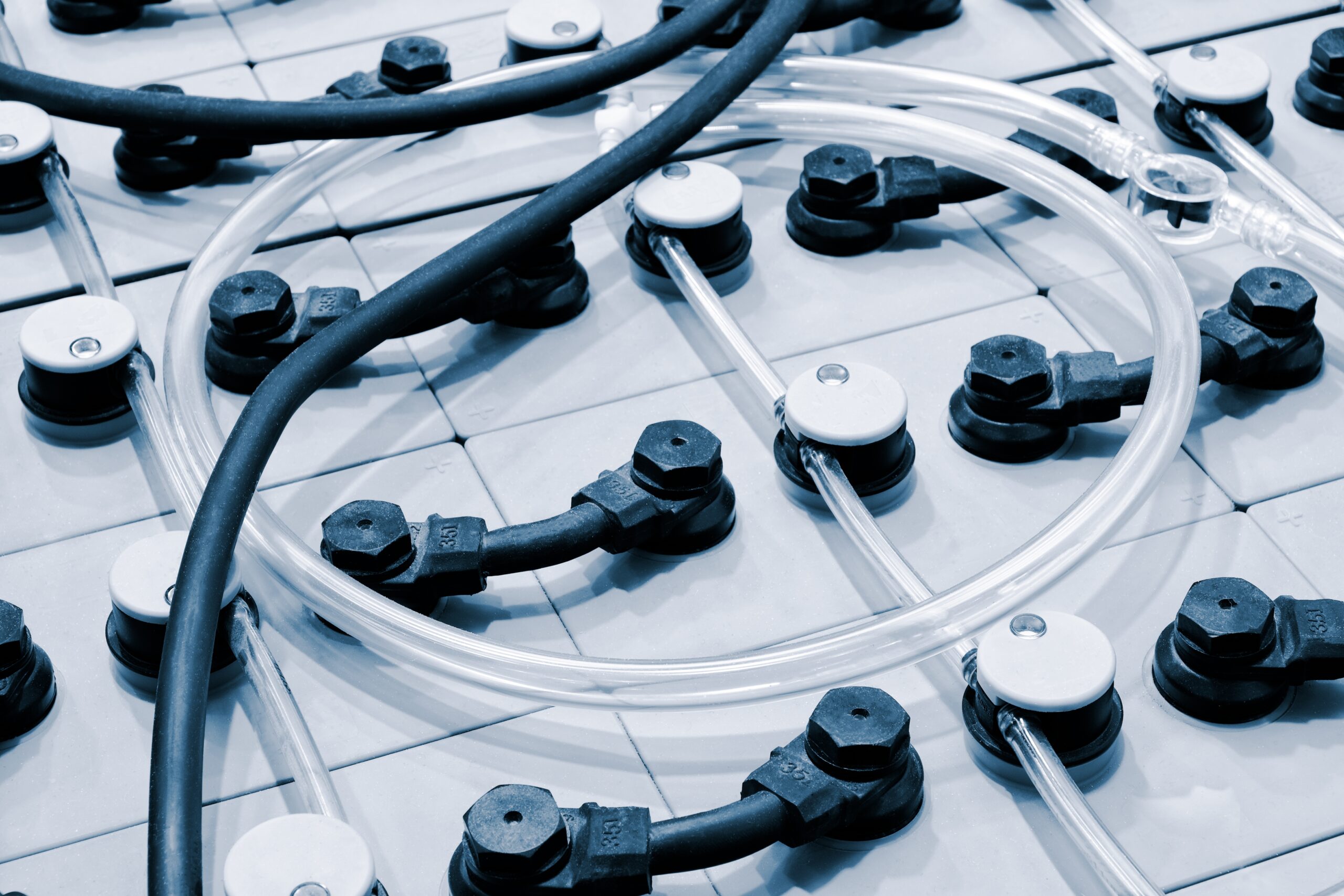Light vehicles
Light duty vehicles
Heavy trucks
Public works
Agricultural vehicles
Lifting equipment
Battery Regeneration Process
Over cycles of charging and discharging, your battery’s capacity decreases and its performance becomes less efficient. It is the lead sulfate that solidifies and suffocates the battery.
Regeneration dissolves the lead sulfate crystals that have formed on the surface of the lead plates and gives the battery a second life with characteristics very close to new.
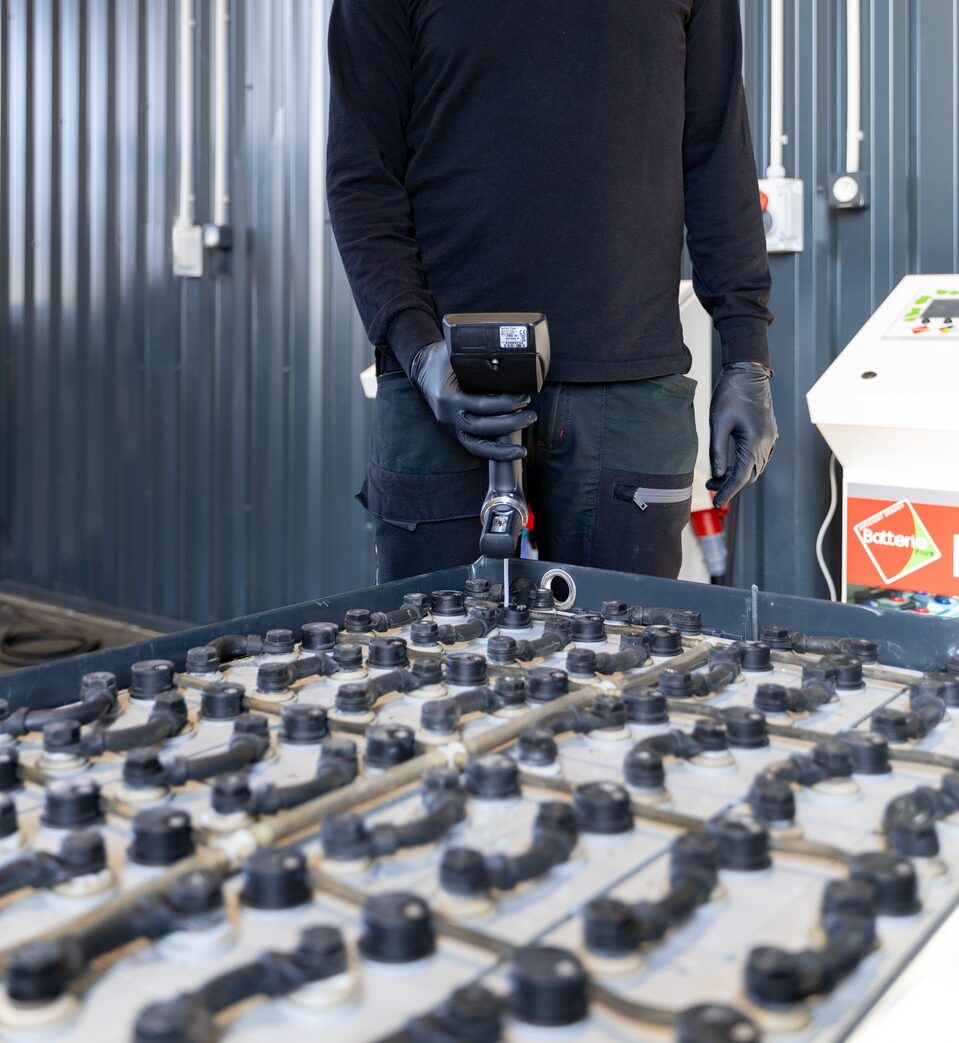
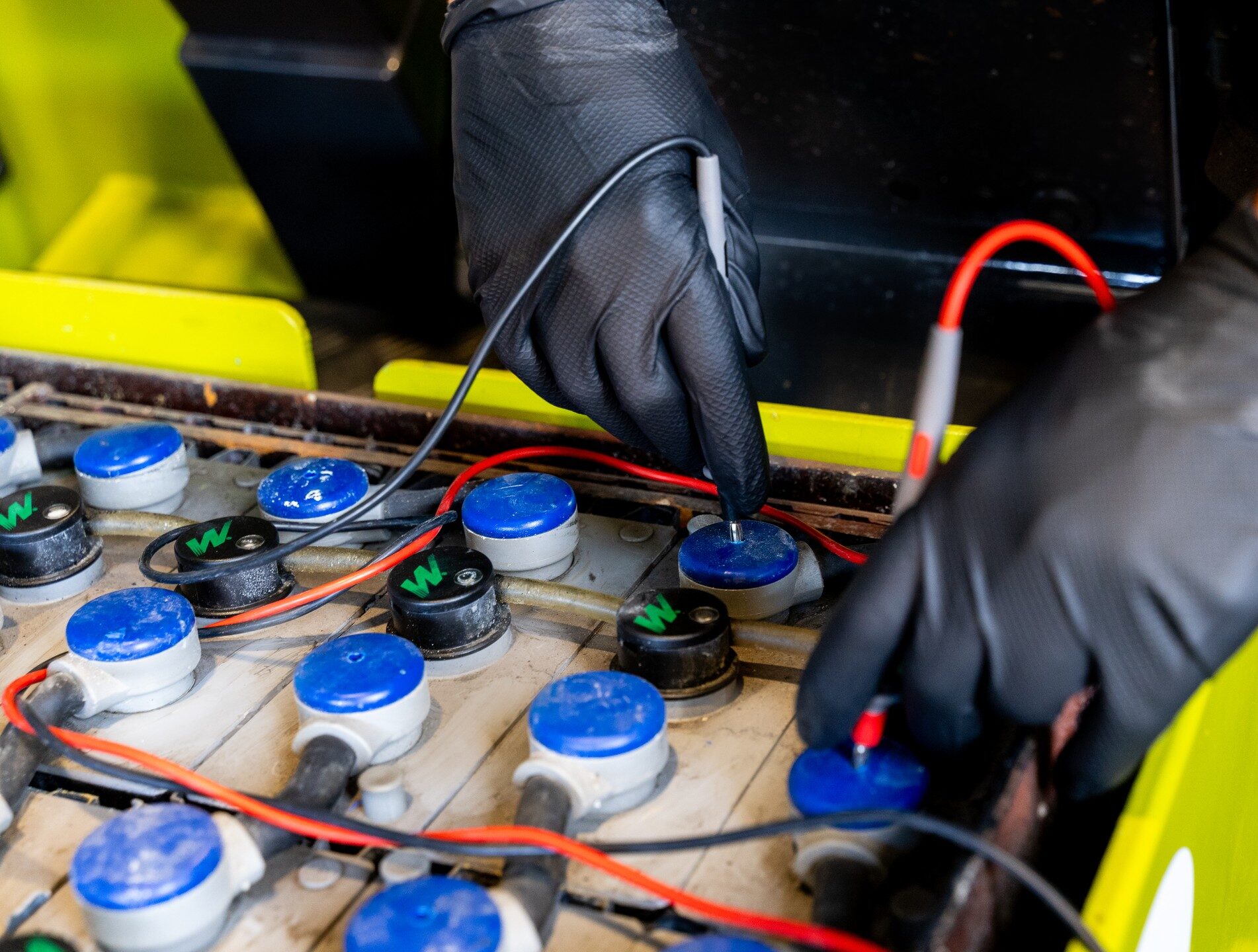
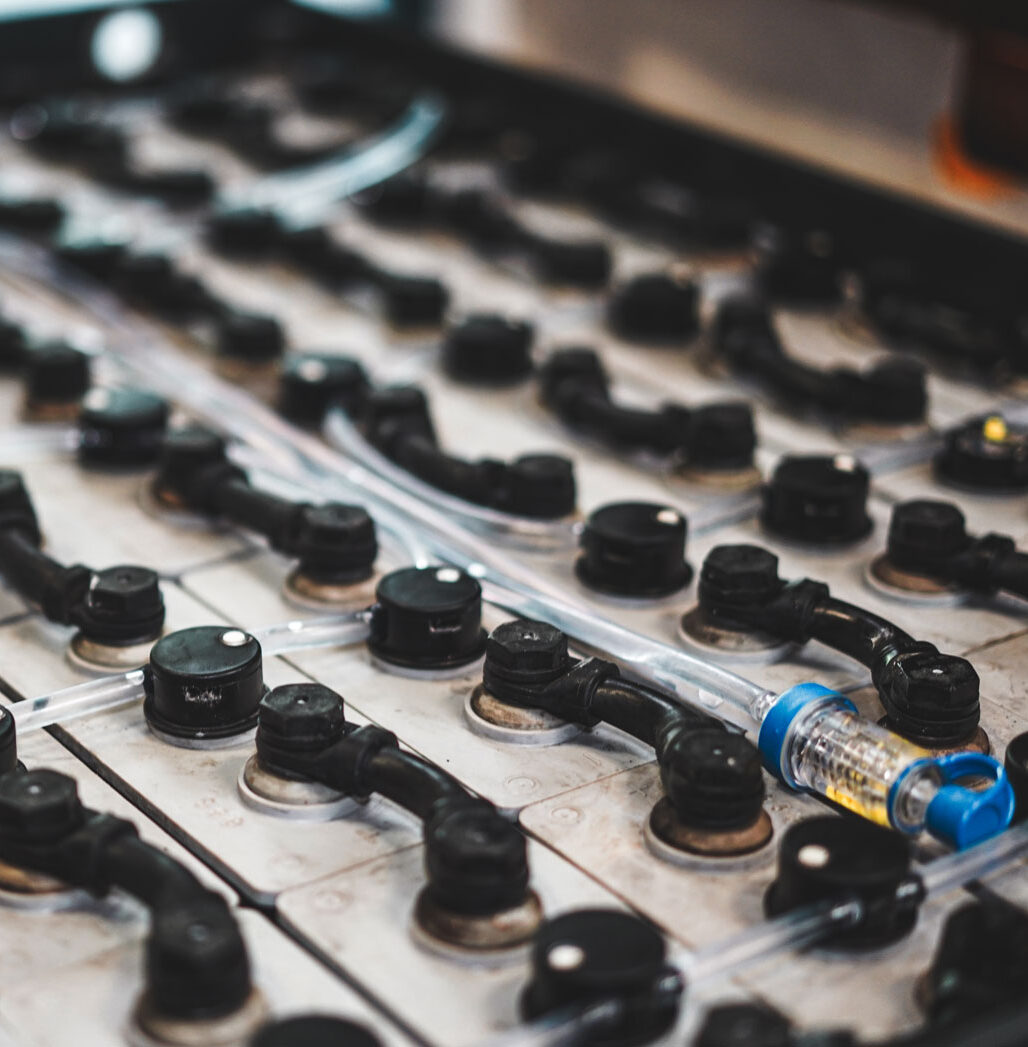
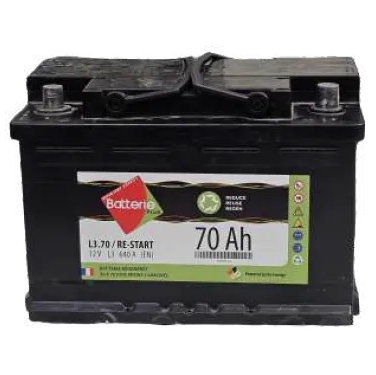
Starting
For heavy trucks, industrial vehicles, agricultural, public works, …
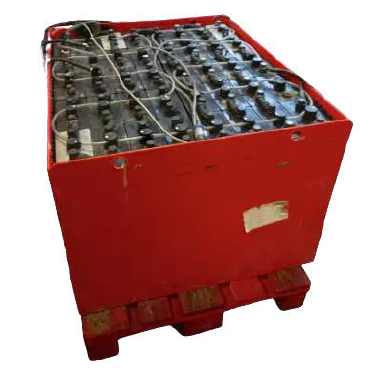
Traction
For pallet trucks, forklifts, industrial vehicles, carts, …

Stationary
For electricity storage centers (especially telecommunication centers)
Why buy new when you can regenerate the original battery
Advantages of the rejuvenated battery :
Economic
Battery regeneration, initially intended for recycling, can double their lifespan and save about 50% compared to buying equivalent new batteries
Environment
Battery regeneration allows for engagement in a circular economy model with 7 times fewer CO2 emissions than acquiring a new battery, saving rare raw materials, and reducing your industrial waste
Quality
Battery regeneration allows them to be brought back to their optimal performance and capacity, and you benefit from a one-year warranty
